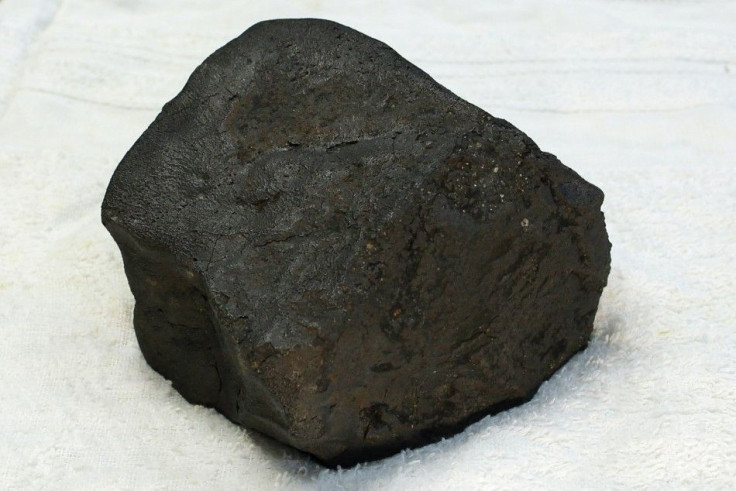Meteorites Showered Ancient Earth with Gold

A new study shows that most of the gold and other precious metals found in Earth today came from outer space after a mammoth meteorite shower slammed the planet.
The researchers, led by Dr. Matthias Willbold from the University of Bristol, claim that they have proved that precious metals on Earth, including gold and platinum, are the result of a 200-million-year long mammoth meteor shower that occurred 650 million years after Earth's formation.
Earth was a huge ball of magma when it first formed approximately 4.5 billion years ago. As the planet cooled, denser material sank toward the center, eventually producing a core made mostly of iron.
The study published in the science journal, Nature, suggests that there is enough gold and platinum in the core of Earth to plate the surface of the globe up to four metres thick.
Certain metals like gold, platinum, nickel, tungsten and iridium, which are attracted to iron, should have migrated to the core, leaving the outer layers of the Earth stripped of its precious metals. Yet tens of thousands of times more precious metals are found in Earth's crust than the theory would suppose.
There are many theories to explain the precious metal phenomenon, but after the analysis of some of the world’s oldest rocks, scientists have found direct evidence that a phenomenal meteor shower changed the newly formed Earth’s chemical composition.
To corroborate this theory, Matthias Willbold and Tim Elliott of Bristol University analyzed 3.8 billion-year-old rock samples from the Isua Greenstone Belt in Greenland. The mantle source where these rocks are coming is from 4.5 billion years ago, according to Willbold, suggesting its chemical signatures predate the meteor shower.
The ancient rock samples from Greenland contained a marginally higher ratio of the tungsten isotope 182W compared to more modern rock. Tungsten 182 was produced only in the first 50 million years of the solar system, signifying that meteor shower had altered the composition of Earth's surface.
Scientists believe the meteorites were stirred into Earth's mantle by big currents in the molten material, leading to the concentration of the precious metals in ore deposits to be mined today.
Extracting tungsten from the rock samples and analyzing its isotopic composition to the precision required was extremely demanding given the small amount of tungsten available in rocks,“said Willbold.
Our work shows that most of the precious metals on which our economies and many key industrial processes are based have been added to our planet by lucky coincidence when the Earth was hit by about 20 billion tons of asteroidal material.
According to the scientist, it was the best isotopic or geochemical evidence found so far which suggests that the bombardment ever happened.
Our ability to measure these (isotopes) precisely enough to see these differences is just opening a totally new window into early planet formation, said Richard Carlson of the Carnegie Institution of Washington who has also studied early earth using isotopes.
Over a period of time, these metals were stirred into Earth's mantle. Later, they emerged in newly formed continents, concentrated in the ore deposits which are mined today.
“The bombardment may have also brought water to the earth,” said Richard, discovery news reported.
© Copyright IBTimes 2025. All rights reserved.





















